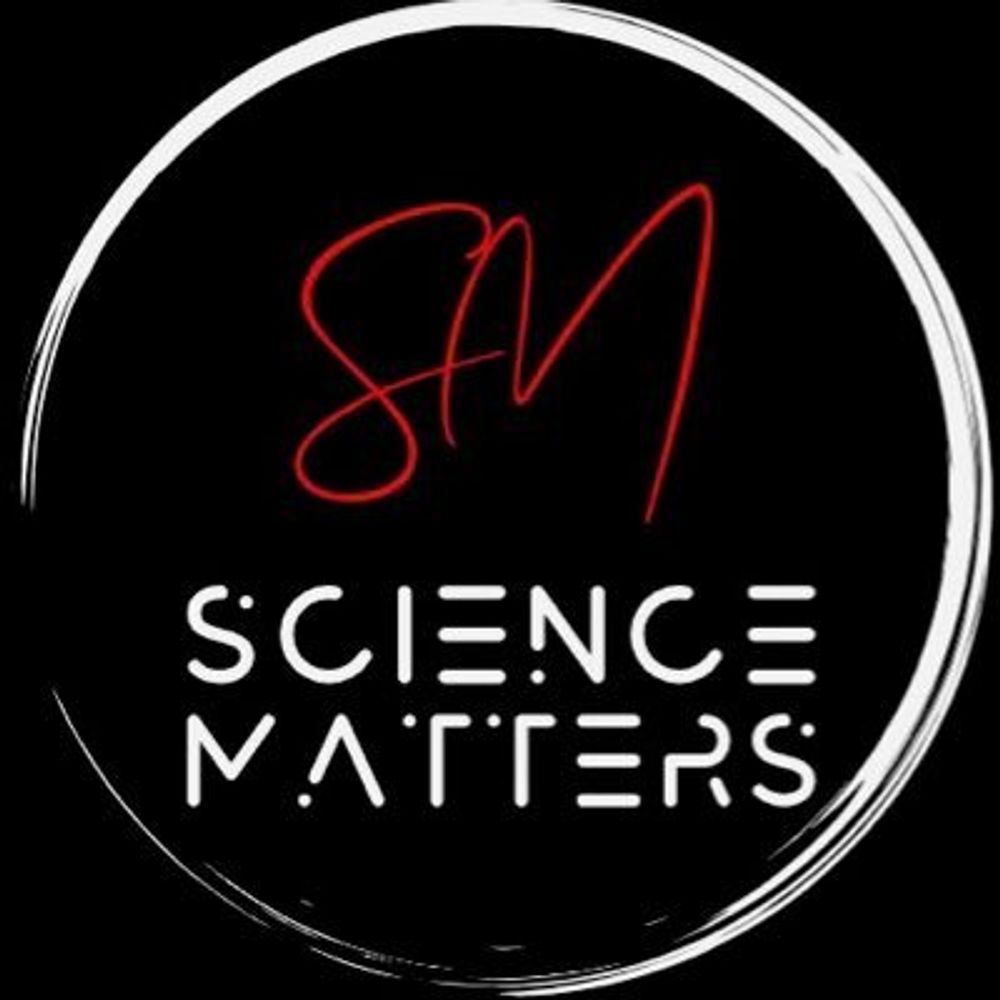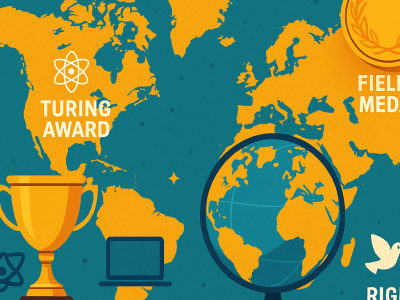In 2022, Dr. Priya Sharma, a recent neuroscience PhD graduate, faced a dilemma: How could she advance her groundbreaking Parkinson’s research without sacrificing independence or funding? Her answer came through a Humboldt Research Fellowship, which propelled her to a lab in Berlin and a career-defining breakthrough. Like Dr. Sharma, thousands of early-career researchers vie for elite postdoctoral fellowships annually—but with over 200 global programmes, where should they begin?
Why pursue a postdoctoral fellowship?
Postdoctoral fellowships are more than funding—they are career accelerators. These competitive programmes offer independence, mentorship, and access to cutting-edge facilities. According to a 2023 Nature Careers survey, 68% of fellowship recipients secured tenure-track positions within five years, compared to 42% of non-recipients. For fields like astrophysics or biomedical sciences, fellowships such as the Hubble Fellowship or NIH K99/R00 are often the only pathways to leading large-scale projects before faculty roles.
Yet the stakes are high. The Banting Postdoctoral Fellowship, Canada’s flagship programme, accepts just 70 applicants yearly from over 1,200 submissions—a 5.8% success rate. How can researchers identify the right opportunity and craft a winning proposal?
North America’s leading fellowships
The United States and Canada host some of the world’s most generous and selective programmes. The National Science Foundation (NSF) Postdoctoral Fellowships provide up to 78,000 annually for STEM researchers, prioritizing projects with societal impact. Meanwhile, the Miller Research Fellowship at UC Berkeley awards $ 78,000 annually for STEM researchers, prioritizing projects with societal impact. Meanwhile, the Miller Research Fellowship at UC Berkeley awards $ 65,000 per year plus benefits, accepting only 8–10 scholars annually across all disciplines.
Canada’s Banting Postdoctoral Fellowship stands out for its inclusivity, funding international researchers $70,000 CAD annually. However, applicants must secure endorsements from Canadian institutions, a hurdle for those without existing collaborations.
Europe's collaborative opportunities
Europe’s emphasis on cross-border collaboration makes it a hotspot for interdisciplinary research. The Marie Skłodowska-Curie Actions (MSCA) Postdoctoral Fellowships, funded by the European Commission, support 1,200 researchers annually with €68,500–€100,300 in salary and mobility allowances. Applicants must relocate to an EU host institution, a requirement that fosters global networks but complicates logistics.
Germany’s Humboldt Research Fellowship offers flexibility, granting €3,170 monthly for 6–24 months without mandatory teaching duties. “The Humboldt allowed me to pivot from molecular biology to climate change modelling,” says Dr. Lars Jensen, a 2021 fellow.
Asia-pacific’s rising programmes
Japan and Australia are investing heavily in research talent. The JSPS Postdoctoral Fellowship provides ¥362,000–¥422,000 monthly for international researchers in Japan, with a 19% acceptance rate in 2023. Meanwhile, Australia’s Discovery Early Career Researcher Award (DECRA) funds 200 early-career scholars yearly with up to AUD $150,000 annually, though applicants must already reside in Australia.
Field-specific fellowships: from astrophysics to humanities
Specialised fellowships cater to niche disciplines. The Hubble Fellowship Program, funded by NASA, awards 69,000 annually to 24 astrophysicists for “high−risk, high−reward” projects. In the humanities, the American Council of Learned Societies (ACLS) Fellowship offers $ 69,000 annually to 24 astrophysicists for “high−risk, high−reward” projects. In the humanities, the American Council of Learned Societies (ACLS)Fellowship offers $ 60,000 for projects bridging traditional scholarship and modern challenges, such as digital archiving.
For women in STEM, the L’Oréal-UNESCO For Women in Science International Fellowships provide €45,000–€100,000 to 45 researchers annually. Dr. Fatima Al-Mansoori, a 2023 laureate, credits the fellowship for “overcoming systemic barriers in semiconductor research”.
Unique and overlooked programmes
Some fellowships defy conventional categories. The Schmidt Science Fellows fund researchers transitioning between disciplines, like biologists applying AI to ecology. Its $110,000 stipend and networking events with Nobel laureates attract 800 applicants yearly for 28 spots.
Similarly, the Human Frontier Science Program (HFSP) requires teams from multiple countries, emphasising collaborative innovation in life sciences. With a 4% acceptance rate, it rivals the most competitive grants.
Step-by-step: How to craft a winning application
Step 1: Align with the fellowship’s mission. The Simons Foundation prioritises “blue-sky thinking” in mathematics, while the Royal Society seeks societal impact. Tailor proposals to these goals.
Step 2: Secure institutional support. Programmes like the Princeton Society of Fellows require host department endorsements. Start discussions with potential mentors 6–12 months before deadlines.
Step 3: Emphasise broader impacts. Successful NSF applicants often integrate public engagement, such as workshops or open-access tools.
Step 4: Revise relentlessly. The average EMBO Postdoctoral Fellowship applicant spends 40 hours revising their proposal.
Could your research redefine your field? A fellowship might be the catalyst, but success demands precision, persistence, and a willingness to leap borders.







